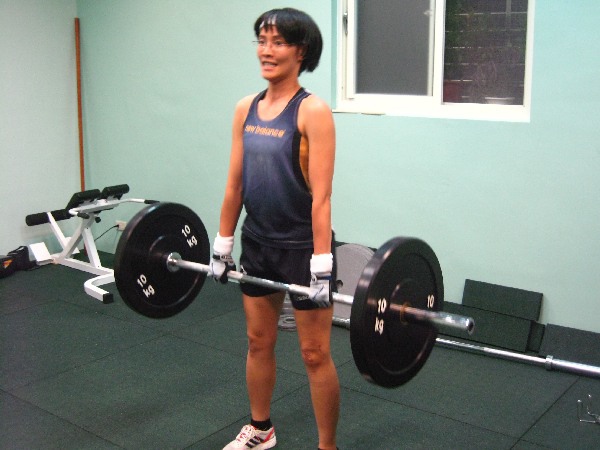
Weight lifting and how it works on the body isn't always clear. Let me use a pyramid to explain a little about how progressing in lifting happens and how we reach mastery of the movement and the weights.
Let's say a female client wants to deadlift 50kg as an medium term goal and she's never lifted before. I start her with a lower weight perhaps around 20-30kg and watch her lift. I make corrections on form and adjust the weight accordingly. It turns out that 35kg was a good starting weight for her. I had her do four sets of 10 (4x10) to give her practice in the lift.
She deadlifted 35kg a couple of sessions along with the other stuff we do just to get used to the exercise and when she was comfrotable with it, I moved her up 2.5kg to 37.5kg. We then did 4x10 at 37.5kg for two sessions and then walked it up another 2.5kg., etc. etc.
I'm teaching this client how to lift so once she was comfortbale with 45kg, I threw a twist into the training. I had her do 45kg for one set of ten, then 47.5kg for a set of six, then 50kg for a set of four. I got her to her goal much quicker than she tought possible.
The training in pyramid form looks like this:
50kg 3x
45kg 6-8x
40kg 10-12x
Training high reps at the bottom of the pyramid gives a great foundation. High reps allow for a lot of practice. Breathing can be coordinated, the nervous system can adapt to the training, form can be ironed out, confidence is gained, etc. We spend a lot of time with beginners in this range.
Once the foundation is laid, we learn to play a new song by moving to the lower range of 6-8. The form is usually off just a bit, or maybe not. The client struggles a little but not too much. Most people handle the stress well.
Eventually we move to a shorter rep range of 1-4. At this point, form is hard to contain as is breathing. The effort is intense and this range has a lot to teach folks. But honestly I often overtrain folks to reach that point just to make sure they have a successful attempt at the lift. I want their lifts to give them confidence and I want success to build upon success. I would only be more aggressive with the progression with someone who's more advanced.
Here's something that isn't obvious: the smaller rep range is the tip of the spear (or pyramid) and the higher rep range is the base. The tip pulls the base upward in that once you can do a heavier lift, the whole pyramid moves upward. Using the above weights, once this client can lift 55kg around three times, she should move the 10 rep range upwards to 45kg or so.
One interesting comment I've heard before is that the low rep range of 1-4 doesn't feel as good because the client has not mastered that weight yet. And that's true. But here's an interesting thing: once you've been training for a while and can do the 50kg deadlift, you've made 40kg your bitch. :) The 40kg will fly up. Why? Because you've mastered it at that rep range.
Here's another not so obvious observation: the lower rep range of 1-4 is a step into the unknown.
It's not comfortable. You're unsure you can do it. You might even get injured. It's even a little......dangerous. But because of all that, it also has a lot of potential.
Looking at the pyramid, I obviously don't spend a lot of time in the 1-4 range with most beginning clients. But moving them up the pyramid in this graduated fashion can give them lots of confidence and a new personal record, perhaps for the first time.
Try it out.
EDIT: if this came off as half-baked, that's because it is. I haven't quite found out how to express this stuff. :)
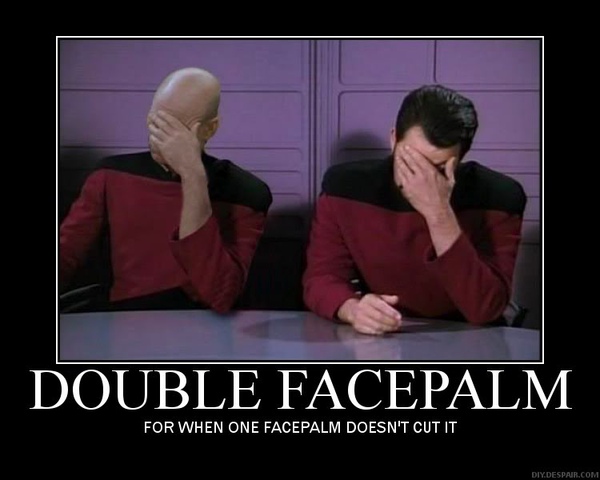
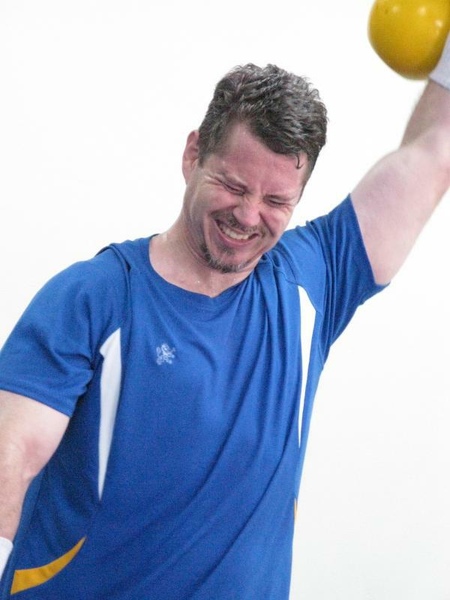
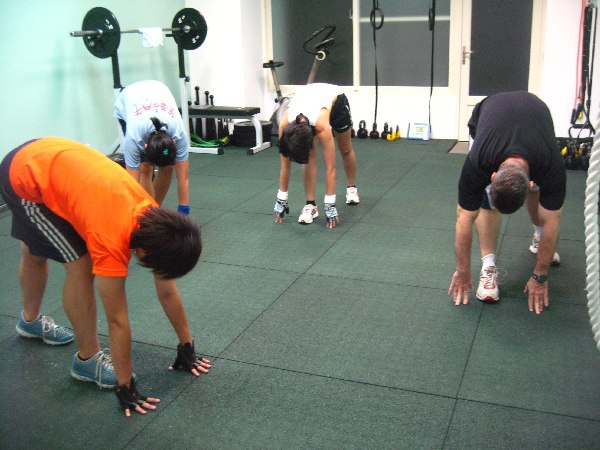




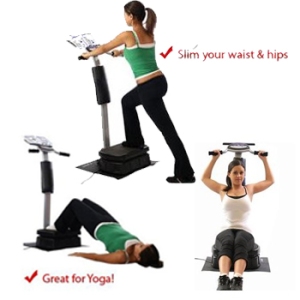
 Unfortunately, functional fitness has become nothing but a marketing tool to sell people an endless stream of worthless fitness gadgets. These gadgets actually prevent people from getting into shape by using the simple movements the body was meant to make. If you want to get in shape the functional way, pick up tools that have been around for a long time and that have a proven record of getting solid results. If your trainer talks about the latest functional fitness gadget they think you should buy, then ask them if they themselves got in shape with that gadget. They likely didn’t. Does the trainer even use it themselves to work out? Probably not. We need to take back functional fitness from the marketers who are just out to sell gadgets to the public. Functional fitness has real potential to turn people’s loves around by getting them stronger at the basic motions they do every day like picking stuff up off the floor and putting it over head, picking up their children, moving heavyfurniture, etc. But that can only happen if we put the toys away.
Unfortunately, functional fitness has become nothing but a marketing tool to sell people an endless stream of worthless fitness gadgets. These gadgets actually prevent people from getting into shape by using the simple movements the body was meant to make. If you want to get in shape the functional way, pick up tools that have been around for a long time and that have a proven record of getting solid results. If your trainer talks about the latest functional fitness gadget they think you should buy, then ask them if they themselves got in shape with that gadget. They likely didn’t. Does the trainer even use it themselves to work out? Probably not. We need to take back functional fitness from the marketers who are just out to sell gadgets to the public. Functional fitness has real potential to turn people’s loves around by getting them stronger at the basic motions they do every day like picking stuff up off the floor and putting it over head, picking up their children, moving heavyfurniture, etc. But that can only happen if we put the toys away.
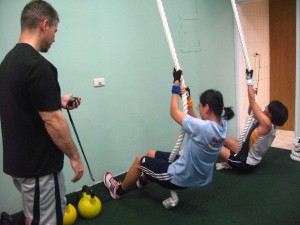
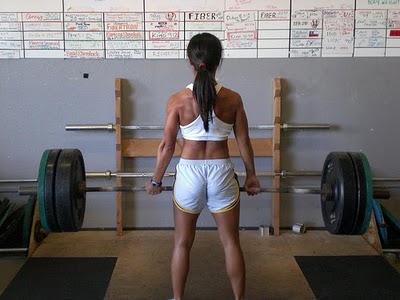
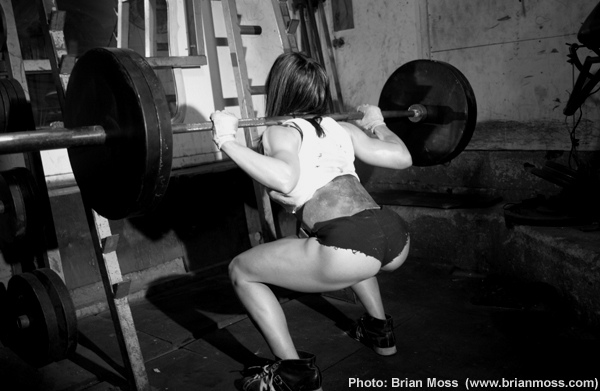
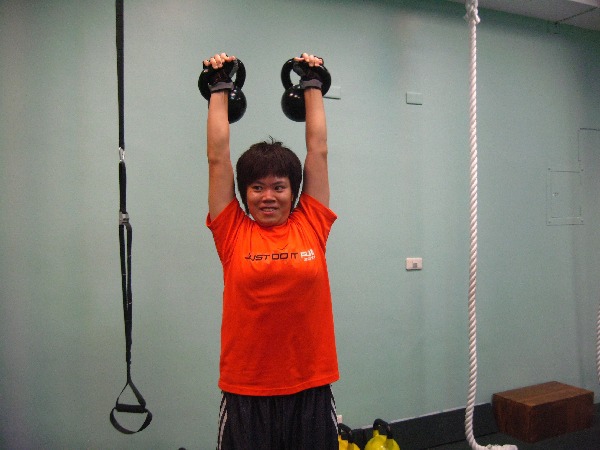

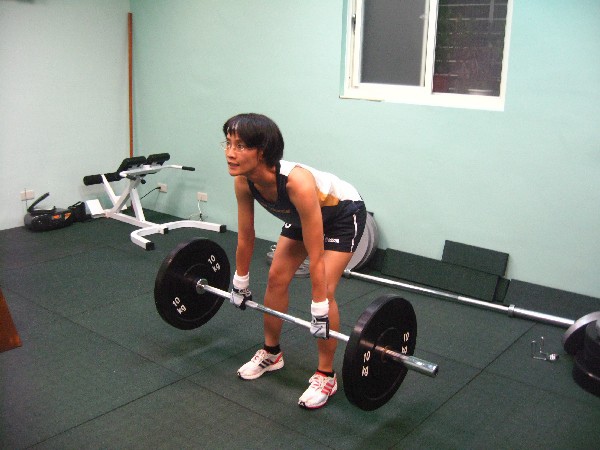
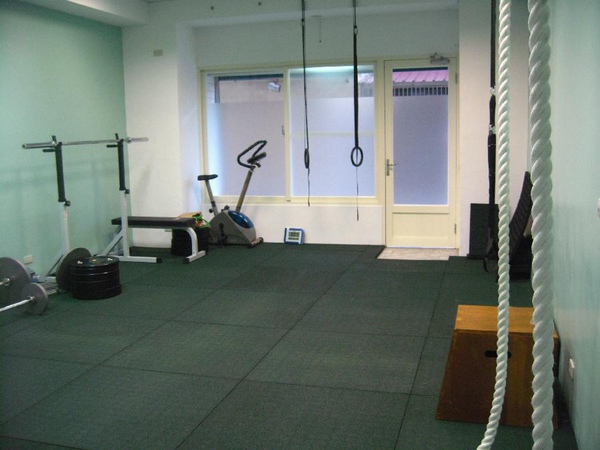
 We don't have to quit our desk jobs and work as peasants to reap the benefits of movement. Instead we need to look beyond the sitting-type fitness that many people are doing. Think about it this way: if you're sitting hunched over a desk all day, why would you choose fitness that also has you sitting and likely hunched over? It just doesn't make any sense. Your fitness makes the problems WORSE, not better.
We don't have to quit our desk jobs and work as peasants to reap the benefits of movement. Instead we need to look beyond the sitting-type fitness that many people are doing. Think about it this way: if you're sitting hunched over a desk all day, why would you choose fitness that also has you sitting and likely hunched over? It just doesn't make any sense. Your fitness makes the problems WORSE, not better.


